Get the latest recap of JSE news in the Ghost Wrap podcast, brought to you by Mazars:
As expected, Anglo’s placement of Amplats shares was at a deep discount (JSE: AGL | JSE: AMS)
This seems to have hurt shareholders more than just unbundling the stake
When I first saw the announcement by Anglo American about the placement of Anglo American Platinum shares with institutional investors, my immediate thought related to the discount that would be required to get it away. Sure enough, they placed the shares at R515 per share vs. the closing price on the day of the announcement of R570. That’s a discount of nearly 10%!
The benefit? Anglo American can put R7.2 billion in cash on its balance sheet before moving forward with unbundling the rest of Anglo American Platinum to shareholders at some point in future. If they need it for any taxes or transaction costs, they aren’t explicit about that. This makes me suspicious that this was purely a last attempt to shore up the balance sheet before passing the platinum hot potato to shareholders.
This is the same management team that told us how the BHP offer to Anglo would be too painful to implement, given the requirement to carve Amplats out of the deal. Their solution feels a lot like taking the painful route anyway, without the benefit of the BHP deal.
The V&A Waterfront remains the shining star at Growthpoint (JSE: GRT)
Higher interest rates across the group impacted earnings this year
Growthpoint has released results for the year ended June. This is essentially a macro view on South African property, with significant exposure to Australia and the UK as well (offshore investments contributed 32.4% to Growthpoint’s distributable income per share). Buying Growthpoint is almost like buying a property ETF, whereas choosing one of the smaller REITs is a decision to take more focused exposure.
The V&A Waterfront is by a country mile the best part of the Growthpoint story, contributing distributable income of R775 million and growing 12%. For context, group distributable income decreased by 10.3% to R4.8 billion. On a per-share basis, it fell by 10.0%, which is within the guidance for the year of a drop of 10% to 12%.
One of the pressure points for earnings was the negative rent reversion percentage in South Africa. Although it has improved from -12.9% to -6.0% this year, the reality is that the average lease is being concluded at a discount to the expired lease. Growthpoint’s substantial office exposure continues to be a headache here.
Interest rates were a major issue, as was expected. The total cost of funding jumped by 16.2%, which is even higher than the growth rather that the V&A Waterfront could achieve, let alone the rest of the group. Group loan-to-value has increased from 40.1% to 42.3% and investors will want to watch this carefully.
Net asset value (NAV) per share decreased by 6.1% to R20.20, with negative valuation trends in Australia. Growthpoint’s share price trades at around R14.50 at the moment, so there’s a discount to NAV of nearly 30%. Broad exposure to the property market and investments in other tradeable entities (like Capital & Regional) inevitably lead to a discount at top level.
Based on the full-year dividend of 117.1 cents, Growthpoint is trading on a yield of roughly 8.1%. This shows the disconnect between NAV and distributable income per share. The discount to NAV looks juicy, yet the yield does not.
Looking ahead, major redevelopment work at the V&A Waterfront is planned for 2025. This is the right decision long-term, but it will have an impact on earnings in the near-term.
In my view, Growthpoint would do well in this environment to increase the relative South African exposure by reducing offshore exposure. It simplifies the group and the balance sheet and would probably be helpful in reducing the discount to NAV per share.
There’s a lot of activity around Capital & Regional and potential buyers sniffing around the asset, with news hot off the press that Praxis is pulling out of the process. This leaves one potential buyer at the moment and a great example of why speculating on a bidding war is dangerous.
Hyprop is down this year, but by less than they thought (JSE: HYP)
And there will even be a dividend!
Hyprop definitely won the First Panicker award when it came to Pick n Pay. At a time when other property funds were merely highlighting the risk, Hyprop went all out in getting rid of the dividend. Given the risky acquisition of Table Bay Mall, there was a school of thought in the market that Pick n Pay was just a convenient excuse to buy Hyprop more time for balance sheet flexibility. Either way, the market wasn’t pleased.
In a trading statement for the year ended June, we now know that distributable income per share has fallen by 8.7%, which is a lot better than the guidance of a drop of 15% to 20%. Behold, Pick n Pay hasn’t quite disintegrated away into nothingness!
This means that there will be a dividend, as there really is no justification whatsoever not to pay a final dividend. They expect to pay 280 cents, which implies a yield for the year of a paltry 6.8% on the current share price. They only pay 75% of distributable income as a dividend, which explains why that yield is much lower than the typical income yield achieved on these funds.
Murray & Roberts is still loss-making, but looks much better (JSE: MUR)
The order book has also moved higher
Murray & Roberts is busy with a tough recovery story. They have to claw themselves back from a really difficult position, which they are managing to do slowly but surely. The headline loss per share from continuing operations has reduced from -71 cents to -24 cents for the year ended June 2024. A long way to go, but the direction of travel is good.
Speaking of a positive trajectory, the order book has increased from R15.4 billion to R17.2 billion. This bodes well for what should be a vastly improved FY25, with the balance sheet also on a much strong footing in a net cash position of R0.4 billion vs. net debt of R0.3 billion a year ago.
This net cash position does include advance payments, so they aren’t out of the woods just yet and still have work to do on the balance sheet. Currently, there is a term sheet in place to extend the banking facilities to January 2026, giving them time to settle the debt. Until the term sheet is a binding agreement, there’s risk.
Mustek had a really tough year (JSE: MST)
The end of load shedding helped most businesses – but not Mustek
The abrupt and unexpected end to load shedding caused havoc for those plucky entrepreneurs who had built businesses around trying to provide South Africans with energy solutions. They were suddenly left with expensive overheads and tons of stock lying around, as the vast majority of people wanted solar and energy solutions because they missed watching TV, not because they actually care enough about the environment to spend the same amount as an overseas trip on a solar solution.
Mustek was one of the casualties in this story, with HEPS for the year ended June expected to drop by between 70% and 80%. It wasn’t just because the income from energy products dried up. They also had to deal with the uncertain environment leading up to elections and the impact this had on demand.
This means that HEPS will only be between 75 cents and 112.50 cents vs. the share price of R13.49. It’s amazing how a low Price/Earnings ratio can quickly unravel into something that looks expensive.
Pan African Resources had a strong year (JSE: PAN)
Here’s a gold mining group that took advantage of better prices
Pan African Resources has released results for the year ended June. Gold production increased by 6.2%, so they certainly made hay (or gold?) while the sun was shining. Despite this, all-in sustaining costs came in slightly above guidance at $1,354/oz, with guidance having been given to the market of $1,325/oz – $1,350/oz. Nonetheless, revenue increased by 16.8% thanks to the combination of higher production and gold prices, with HEPS increasing by 32.2%.
Guidance for 2025 is for all-in sustaining costs of between $1,350/oz and $1,400/oz, so there’s an expectation of inflationary pressures over the next 12 months as one would expect.
In terms of major projects, steady-state production at MTR is expected by December 2024, with commissioning in progress. Another important strategic initiative has been to increase the Barberton Tailings Retreatment Plant’s life-of-mine to 7 years, an increase of 5 years. Production guidance for 2025 is 215,000oz to 225,000oz, which is way up on the current level of 186,039oz and a result of the steps taken to increase capacity at the group.
Expansion comes at a price, with net debt up considerably from $22 million to $106.4 million. Another decent year of gold prices will do wonders here.
Super Group’s profits were anything but super this year (JSE: SPG)
The automotive sector and the European supply chain exposures are weighing on results
Super Group has released results for the year ended June. It wasn’t a happy time for the group, with HEPS down by 25.9% despite revenue increasing by 4.6%. Even operating cash flow decreased by 3.4%, so there wasn’t any kind of working capital unlock to try and soften the blow.
The challenges are being felt in the European supply chain businesses and the UK-based dealership businesses. With 56% of group revenue and 54% of operating profit coming from the offshore operations (including others like in Australia and New Zealand), it’s tough for South Africa to offset a difficult performance across the various ponds – especially when things aren’t smooth sailing here as well, with profits down in Dealerships SA and Supply Chain Africa.
The group outlook has some worries in it, like the impact of poor port performance in South Africa on the volumes in the Supply Chain Africa business. Irritatingly, Transnet’s general levels of uselessness have led to certain supply opportunities being lost for the foreseeable future, like copper exports that are now going through Dar es Salaam and Walvis Bay. Supply Chain Europe is facing its own issues, particularly due to the automotive sector in Germany being under immense pressure at the moment.
In SG Fleet, which has had two strong years in a row, the expectation is for a dip in earnings as new vehicle availability improves and used car prices come under pressure. With an interest rate swap set to mature, they also expect higher interest costs on corporate debt.
Dealerships SA and Dealerships UK are both dealing with disruption in the automotive sector from changing consumer preferences and the strength of Chinese brands, although the Super Group commentary seems to gloss over this issue in the prospects section. I’m worried about that sector and I will be interested to see how things play out there.
The most positive narrative is in Fleet Africa, with a focus on the private sector and increased activity in general. This business is nowhere near big enough to move the dial at group level. For context, it generated profit before tax of R265 million in FY24 vs. a loss before tax of R1.51 billion in Supply Chain Europe.
Little Bites:
- Director dealings:
- A senior executive of Investec (JSE: INP | JSE: INL) sold shares worth R18.3 million.
- Lighthouse Properties (JSE: LTE) has now closed the deal for the acquisition of a mall in Portugal. The deal was previously announced in July. A 7-year loan at a cost of 4.48% over the period has been secured. They are buying the property on a net initial yield of 7.2%, so the deal is cash positive from the start.
- If you have a position in Mr Price (JSE: MRP), keep in mind that the company is hosting its capital markets day during the end of this week. Depending on what comes out there, we might see a reaction in the share price.
- The proposed Richemont (JSE: CFR) dividend of CHF 2.75 per share has been approved. It works out to around R34.75 per share net of withholding tax. The payment date is 30 September.
- Inexplicably, Sable Exploration and Mining (JSE: SXM) now needs to pursue a voluntary disclosure process with SARS as PAYE was not previously withheld from director salaries. The market cap of this company is only R12 million and I couldn’t even get the website to work.

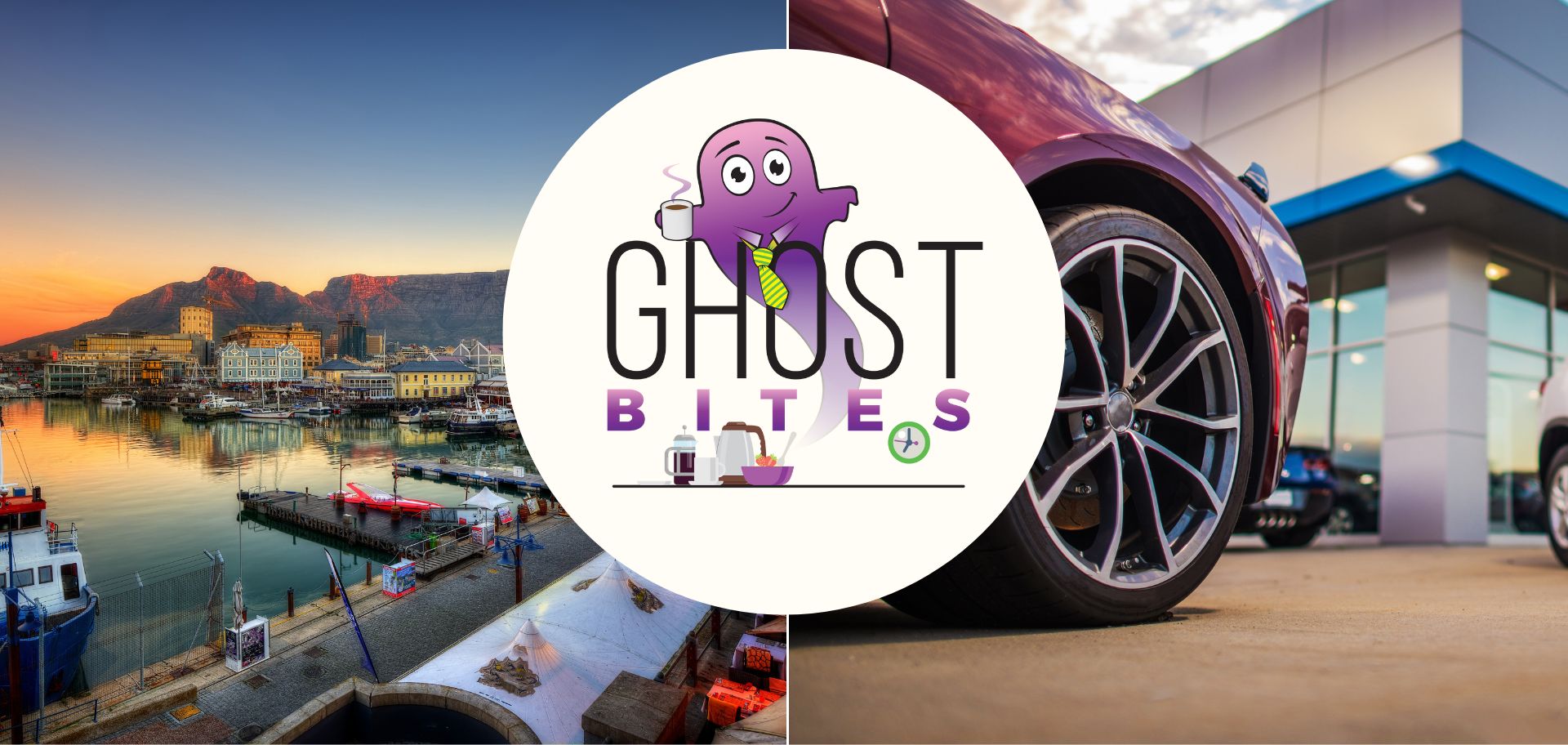


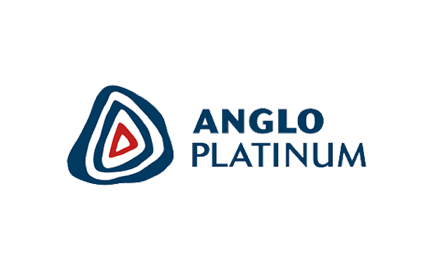
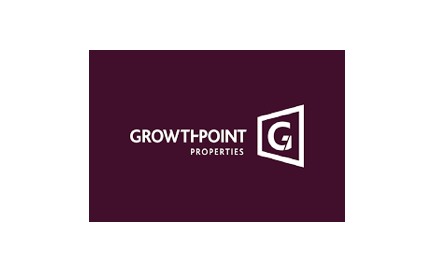

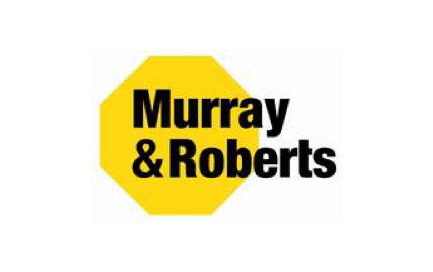





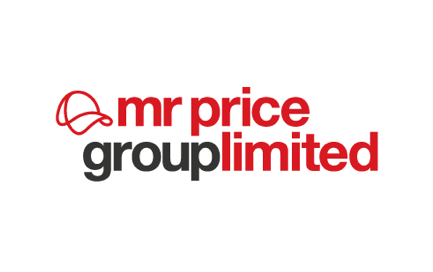

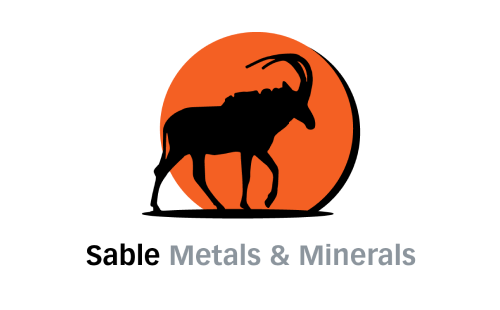


You have probably had this comment before, so I offer this more as pressure than an original suggestion. You need to rename the Little Bites “Nibbles”
That is actually a very cool concept! Thank you, I think I’ll do it!
Why always a bookbuild , cheap shares for big cats.
Small individual investors would really be glad to acquire Amplats shares at a bargain price — I certainly would!
Thank you for sticking it to Anglos. They pushed back hard on the BHP deal, and in so doing, fooled investors. Crooks!